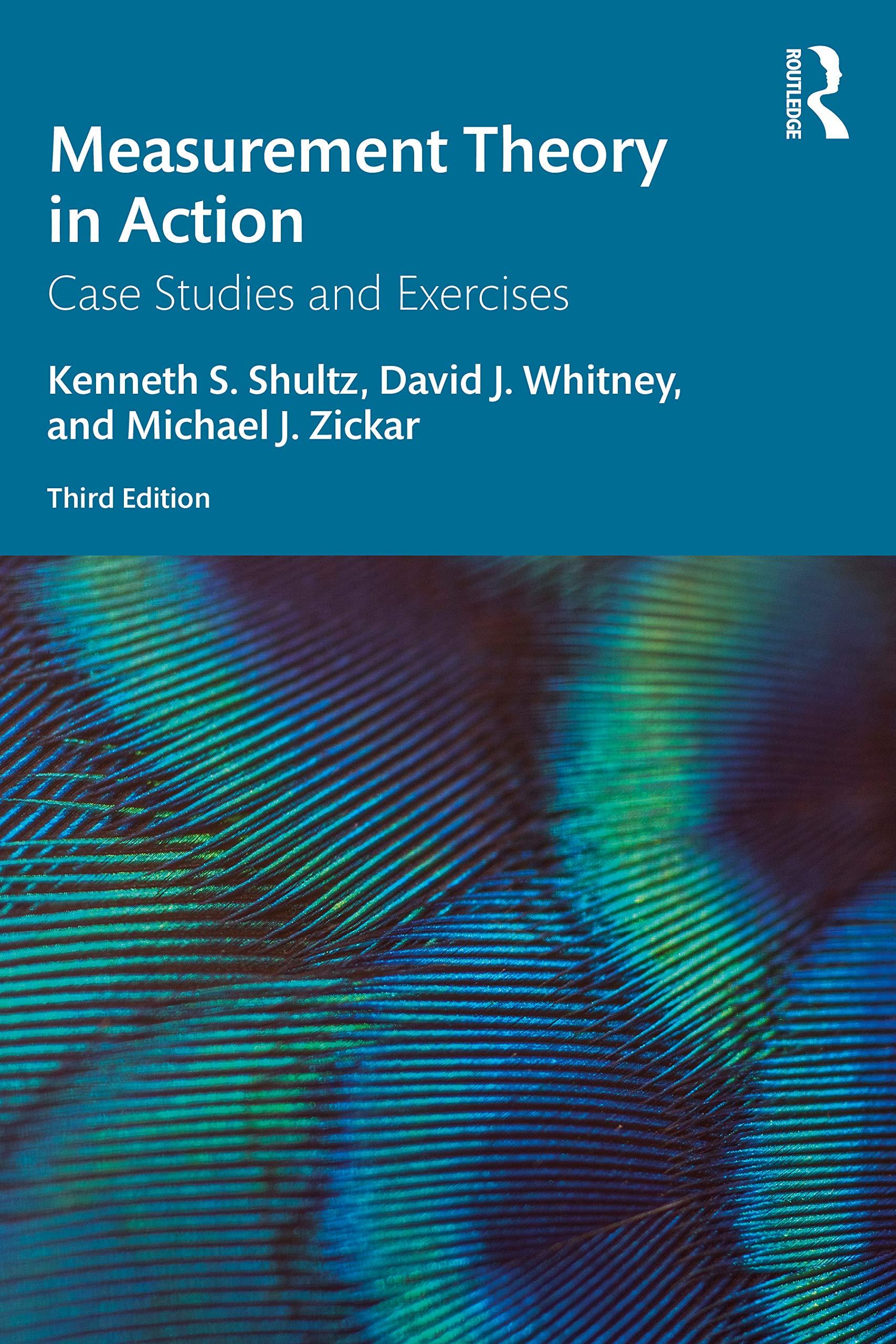A local volunteer referral agency was interested in using tests to place volunteer applicants in the volunteer
Question:
A local volunteer referral agency was interested in using “tests” to place volunteer applicants in the volunteer organizations it served. In order to do so, however, the agency needed to assess each applicant to determine where his or her skills could best be used. As a first step, the director of the agency contacted a local university and found out that Professor Kottke’s graduate practicum class in applied testing was in need of a community-based project. Soon thereafter, Professor Kottke and her students met with the director of the agency to determine what her needs were and how the class could help. In the past, the agency first conducted a short 15-minute telephone interview as an initial screen for each volunteer applicant. Those applicants who appeared to be promising were asked to come in for a half-hour face-to-face interview with a member of the agency staff. If the applicant was successful at this stage, a brief background check was conducted, and the candidates who passed were placed in the first available opening. However, the agency was receiving feedback from the volunteer organizations that a large portion of the volunteers were participating for only a month or two and would then never return. In follow-up interviews with these volunteers, the most consistent reason given for not returning was that the volunteer placement was simply “not a good fit.” Thus, Professor Kottke and her class were asked to improve the fit of candidates to the positions in which they were being placed. Unfortunately, Professor Kottke’s 10-week course was already one-third completed, so she and her students would have to work quickly.
Questions
1. If you were in Professor Kottke’s practicum class, where would you start in the process of trying to help this agency?
2. Does this seem to be more of an inter-individual differences or intra-individual differences issue? Explain.
3. Who are the constituents in this testing process?
4. What do you think Professor Kottke and her students can realistically accomplish in the six to seven weeks remaining in the term?
Step by Step Answer:

Measurement Theory In Action
ISBN: 9780367192181
3rd Edition
Authors: Kenneth S Shultz, David Whitney, Michael J Zickar





